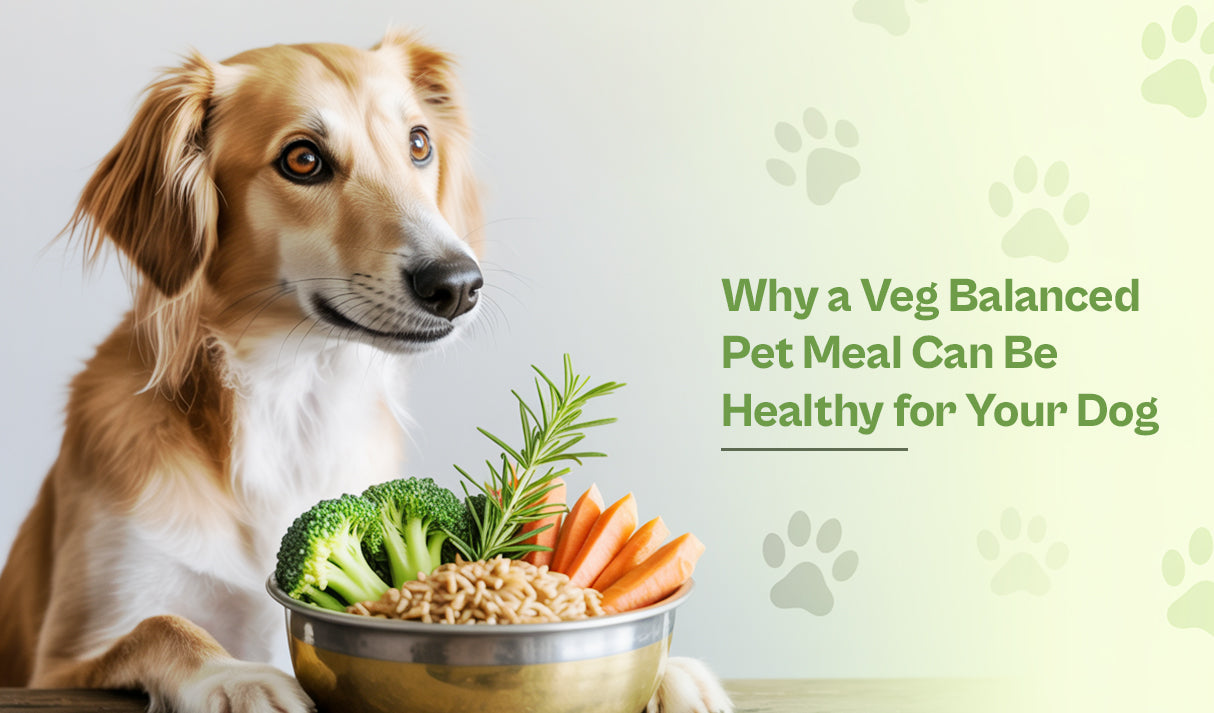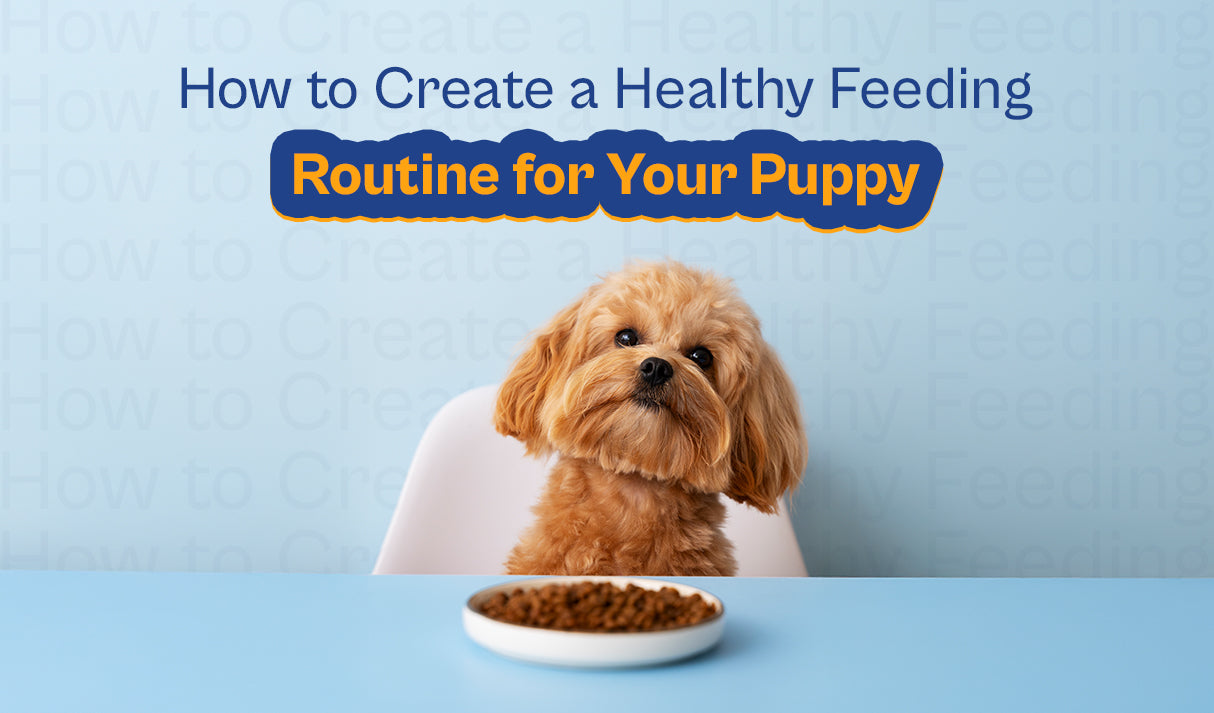Understanding Pet Behavior: Decoding Common Actions and Their Meanings

Do you often notice something strange about your pet? Sometimes they bark at the wall, chase their tail, and suddenly refuse to sit when told. What is my dog thinking? Is he bored? Is he unwell? All these questions spark curiosity.
Well, if you’ve ever caught your dog acting “weird,” you’re not alone. Dogs use body language and behaviour to communicate. It is we who don’t understand what they’re trying to say.
So, what’s the solution?
Read this blog to decode common pet behaviours, so you can respond better, train smarter, and build a stronger bond with your furry friend.
1. Tail Wagging – Not Always a Happy Sign
We often assume a wagging tail means a happy dog. But the position and speed of the wag tell a different story.
- A high, fast wag: Excitement or arousal.
- A low, slow wag: Caution or uncertainty.
- A stiff wag with raised hackles: Possible aggression or alertness.
This is a key point in many dog behavior informational discussions: tail wagging is not only an indicator of all sunshine and rainbows.
2. Excessive Licking – Not Always an Expression of Love
Licking is natural. But when it becomes excessive, it may signal something more.
- Licking people: Affection or appeasement.
- Licking paws or air: Allergies, anxiety, or boredom.
- Licking objects or the floor: Possible digestive issues.
Always observe the context. If the behaviour is new or intense, consult your vet to rule out medical concerns.
3. Zoomies – The Sudden Burst of Energy
One moment your dog is calm, and the next, they’re running around the house or sprinting in circles in the living room. These bursts are often called “zoomies.”
Why it happens:
- Built-up energy release.
- Joy after a bath or walk.
- Stress relief after a new or overwhelming experience.
Zoomies are common and usually harmless. Just make sure the space is safe for your dog to run freely.
4. Panting – Not Just Happens Out of Heat
While dogs pant to cool down, it’s not always about the temperature.
- Light panting after play is normal.
- Heavy panting at rest can indicate pain, fear, or overheating.
- Panting paired with pacing may suggest stress or anxiety.
Understanding these signs can help you respond before the issue worsens.
5. Head Tilting – Looks Cute, But Why?
That adorable head tilt often means your dog is trying to hear or understand something better. It’s a response to unfamiliar sounds or commands.
But persistent head tilting with loss of balance could point to an ear infection or vestibular problem. Watch for other symptoms before calling it: Awww... that’s cute!
6. Barking – Every Woof Has a Reason
Dogs don’t bark just to annoy you. Each bark has a meaning.
- Short, sharp barks: Alert or warning.
- Continuous barking: Attention-seeking or boredom.
- High-pitched barking with tail wagging: Excitement.
Barking becomes a problem when it’s constant. That’s where dog behavior training comes into play. Teaching commands like “quiet” or using redirection can help reduce excessive barking.
7. Chewing – Not Just a Puppy Thing
Puppies chew to soothe teething pain, but adult dogs chew too.
Why dogs chew:
- To relieve stress or anxiety.
- To explore their environment.
- Because they’re bored or under-stimulated.
Provide safe chew toys and rotate them often to keep your dog interested. If chewing becomes destructive, it may be time to reassess their routine or activity level.
8. Whining – A Call for Help
Whining is a vocal cue that can mean several things:
- Hunger or the need to go outside.
- Discomfort, fear, or anxiety.
- Wanting attention or playtime.
Understanding the context is crucial. Avoid punishing whining. Instead, identify the root cause and calmly deal with it.
9. Digging – A Natural Instinct
Dogs dig for various reasons:
- To hide toys or treats.
- To cool off on a hot day.
- As a form of entertainment or stress relief.
Digging is instinctual in most dog breeds. Give them a “dig zone” in your garden to let them satisfy this urge safely. If you live in an apartment and don’t have an open space for your dog to play, then ensure you walk your pet every day to keep it active and healthy.
10. Rolling on the Ground – Marking or Itching?
Rolling on their back is often a sign of playfulness or comfort. But sometimes, dogs roll to:
- Scratch an itch or relieve skin irritation.
- Mark territory with scent glands on their back.
- Roll in something smelly (yep, dogs love that).
Regular grooming and the right food promote healthy skin and coat along with helping to reduce itch-related rolling.
11. Sudden Aggression – A Sign of Pain or Fear
A dog that suddenly growls, snaps, or hides may be feeling unwell or scared.
- If it persists, plan a vet visit.
- Check for changes in their environment.
- Use dog behavior training techniques to rebuild trust.
Don’t ignore aggression. It’s your dog’s way of saying something isn’t right.
12. Nudging with the Nose – A Gentle Nudge Means More
That nose nudge might seem sweet, but it can carry a message.
- “Pay attention to me.”
- “Move over, please.”
- “Let’s play.”
Dogs use body language to speak. The more you observe, the better you’ll understand what your dog needs.
13. Female Dog in Heat – Understanding the Cycle
If you’ve ever noticed mood shifts, restlessness, or clinginess in your female dog, she may be in heat. These common behaviors of a female dog in heat include:
- Frequent urination.
- Mounting or attracting male dogs.
- Swollen vulva or bloody discharge.
- Changes in appetite or mood.
Spaying can reduce these behaviours, but if your dog isn’t spayed, understanding the cycle helps manage behaviour and prevent unplanned litters.
Watch, Understand, Respond Quickly
Understanding pet behaviour is about paying attention. Every tilt, bark, and paw tap is your dog’s way of communicating. The better you listen, the better you’ll respond. This is truly the only way to improve your relationship with the pet.
Talking about behaviours, we have to mention nutrition as it plays a key role in behavioural health. Balanced food supports physical strength, maintains energy levels, and even mood.
Hunger Tail’s Adult Achiever – Chicken & Brown Rice supports muscle strength, digestion, and coat health, helping your dog feel good inside and out.
Want to better understand and support your dog? Start by choosing food that meets their needs. Visit Hunger Tail to explore perfectly crafted recipes that support your pet’s physical and behavioural well-being.



